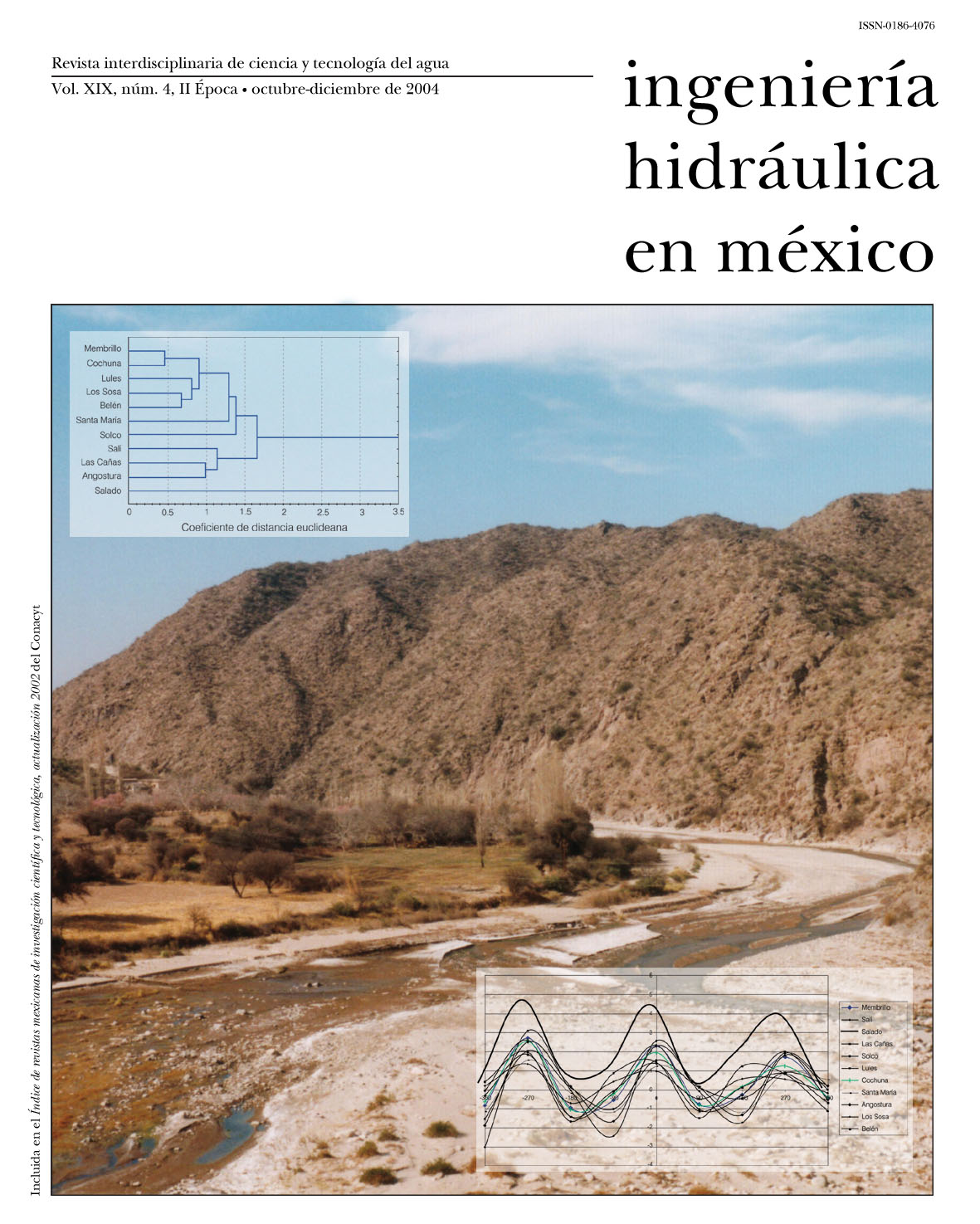Economic value of urban fluvial environments
Keywords:
fluvial ecosystems, integrated valuation of biodiversity conservation, use value non-use value, environmental value, existence valueAbstract
The reservation of spaces for the safeguard and/or rehabilitation of ecosystems in general and fluvial ecosystems in particular is especially laborious and costly in consolidated urban areas. Although it is true that in the last few decades almost nobody has questioned the favorable implications that the preservation and improvement of the environment has on people's quality of life, it is also true that in almost all decision-making models these aspects receive a "qualitative" treatment that somehow impairs an integrated economic analysis. The exposition made in this article aims to quantify, in economic terms, aspects such as the conservation of natural spaces, landscaping improvements, recreational and teaching activities, the rehabilitation of native wildlife, etc, despite the fact that they-although considered undeniable economic commodities-have no venal value. The model presented here, based on a classical cost/benefit analysis, intends to be an assessment of rehabilitation and strengthening efforts ih the fluvial environment of the Arga River, as it runs through the city of Pamplona, based on its main associated aspects: reassessment of housing in the surroundings of the river; increase of the attraction potential for recreational purposes, improvement of the landscape, increase of the self-purification phenomenon of the river; and existence value as an altruistic response citizens who increasingly value the preservation of nature, the habitability of cities, and their integration to natural surroundings.
Downloads
Published
How to Cite
Issue
Section
License
By Instituto Mexicano de Tecnología del Agua is distributed under a Creative Commons Attribution-NonCommercial-ShareAlike 4.0 International License. Based on a work at https://www.revistatyca.org.mx/. Permissions beyond what is covered by this license can be found in Editorial Policy.









